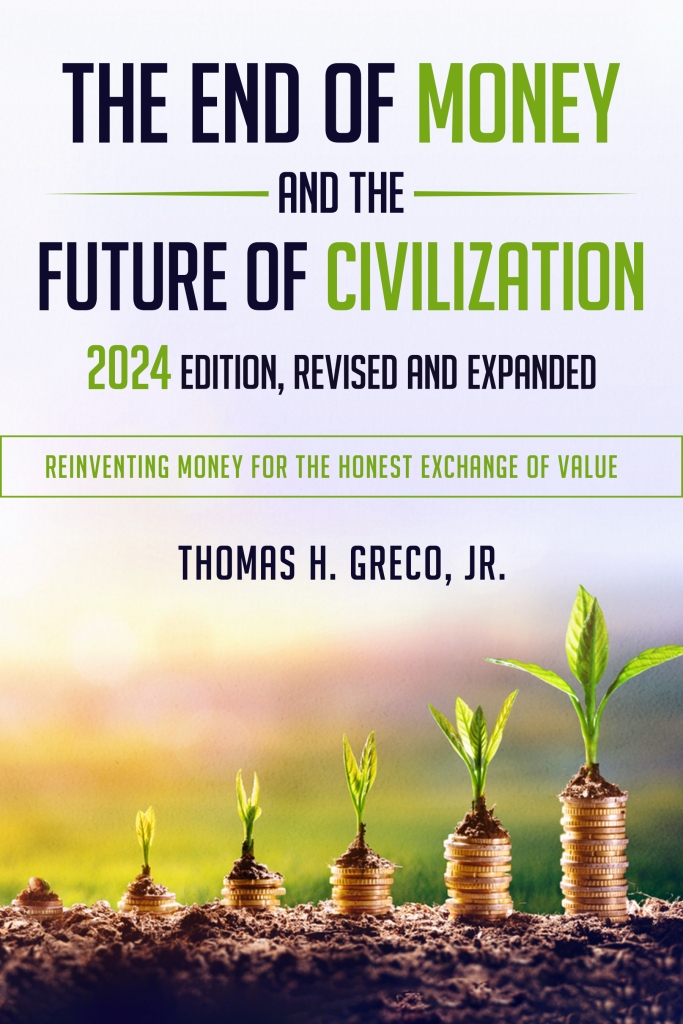
1/30/1981 President Reagan and David Stockman meeting on the economy in the Oval Office
In his current subscription pitch and announcement for his new book, PEAK TRUMP: The Undrainable Swamp And The Fantasy Of MAGA, David Stockman lays out some startling facts, provides a cogent analysis, and makes some dire predictions. As President Ronald Reagan’s Budget Director and long-time political insider, Stockman should be heeded. Here are some excerpts:
“We are in a whole new ball game. The Deep State, the House Dems, the Mueller hit squad and the mainstream media are all going in for the kill.
“They are determined to take the Donald down and preserve the rule of the bipartisan establishment in favor of Empire abroad and Big Government, massive debt and Fed-fueled Bubble Finance at home.
“At the same time, the Donald is now practically handing them his political head on a platter. That’s because he has bombastically embraced the “big, fat, ugly bubble” that he so accurately harpooned during the campaign.
“But that bubble has now reached a fatal triple-top and is fixing to implode, and to take the American economy and Trump’s presidency down with it.”
Stockman says, “We are heading for the double whammy of a political/constitutional crisis and a thundering financial breakdown at the same time.” He argues that it was the failure of “the Washington/Wall Street consensus” that led to Trump’s victory in 2016, and that actions of the Federal Reserve have caused a massive asset bubble along with huge disparities of incomes and wealth.
He goes on to say that “just because Donald Trump targeted the symptoms correctly [during his campaign] that doesn’t mean he had a plan to fix the American economy or the skills and know-how to move the turgid, essentially paralyzed machinery of the Federal government.” Stockman characterizes Trump as “a political flyweight, megalomaniacal incompetent and bile-ridden bully who stumbled into the Oval Office against all odds.” He decries the massive growth of government debt over the past four decades and boldly asserts that recession will hit the US economy before November 2020, and that “Wall Street, the US economy and the Donald’s fantasy of MAGA will come tumbling down with it.” Whether or not his timing is correct, it is clear that a political and economic shipwreck is just ahead.
Stockman decries the “bipartisan ruling class” which is “in favor of permanent war, unchained entitlements, fiscal incontinence, unsustainable debt-fueled household spending, rampant corporate financial engineering and Keynesian monetary repression and “wealth effects” based central banking that lies at the roots of our current economic malaise,” and referring to the Mueller Russiagate investigation and subsequent impeachment hearings, Stockman says, “the Donald’s fluke elevation to the Oval Office has finally caused the Deep State to come out of hiding and bare its fangs against American democracy itself.”
Stockman criticizes the Fed for “dithering” and delaying “normalization,” by which he presumably means raising interest rates and ending Fed purchases of government bonds. He also calls for “fiscal rectitude” (balanced budgets) on the part of the government, something that even his beloved Ronald Reagan was unable to pull off.
But what Stockman (and everyone else) fails to realize is that, under the interest-based debt-money regime that has prevailed throughout the modern era, it is impossible for national governments to consistently balance their budgets. Here’s why. Since money is created when banks make loans, and since interest is charged on those loans, aggregate debt increases simply with the passage of time. If growth in the money supply does not keep up with debt growth, many debtors will default and the economy will sink into recession. Thus, the banking system must find ways to keep people and corporation borrowing ever greater amounts of money. Over my lifetime I’ve seen banks roll out a succession of creative schemes. Starting with the liberalization of consumer credit following World War II (“Buy now; pay later”), then the widespread issuance of credit cards, then the introduction of “student loans,” then the easing of requirements for people to buy real estate, banks have gotten people to borrow more and more.
Then, when the private sector is all “loaned up” and cannot take on additional debt, the government must step in as “borrower of last resort.” By deficit spending, financed through the issuance of bonds, the national government, with the help of banks that buy those bonds, the money supply is expanded. (When banks buy government bonds they are making a loan to the government). And when all available funds have been sucked up, the Fed must step in as “lender of last resort” to itself buy up additional government bonds while keeping interest rates at acceptable levels. That approach, called “quantitative easing,” is what saved the global system of money and banking from total collapse in 2008 after the housing bubble burst. Thus, the government and the banking establishment are locked together in a deadly embrace and “dance of death” that is spiraling out of control.
It may very well end with a major decline and long drawn out recovery, as Stockman is predicting, but unless a new interest-free money system is implemented after the wreckage is cleared, the ultimate outcome may simply be another round of ever more extreme boom-bust cycles and political chaos.
The good news is that there are credit money innovations waiting in the wings, and now emerging, that can be rolled out, replicated, and networked together to usher in a “Butterfly Economy” and new world order of peace, justice, and human unity. For details about what the Butterfly Economy might look like, and how we might get there, see my video, The Butterfly Economy: How Communities are Building a New World From the Bottom Up, and my article, Reclaiming the Credit Commons: Towards a Butterfly Society. — t.h.g.




